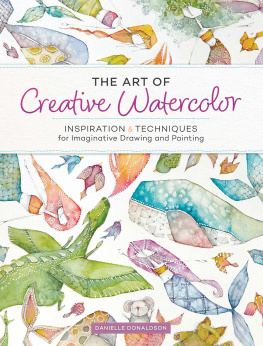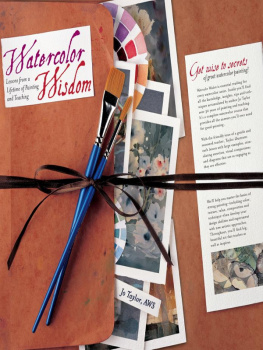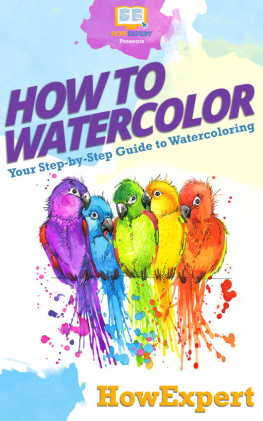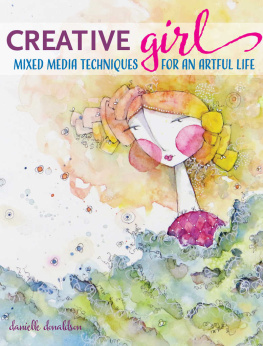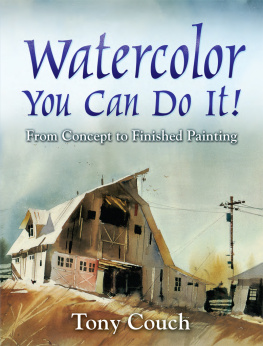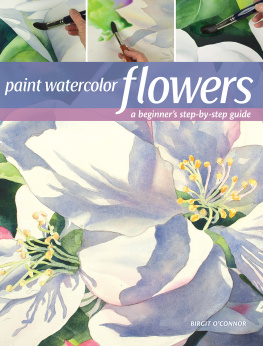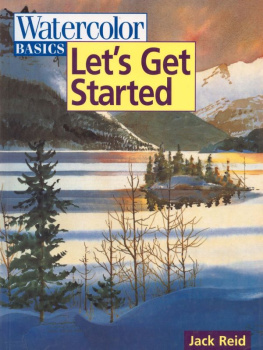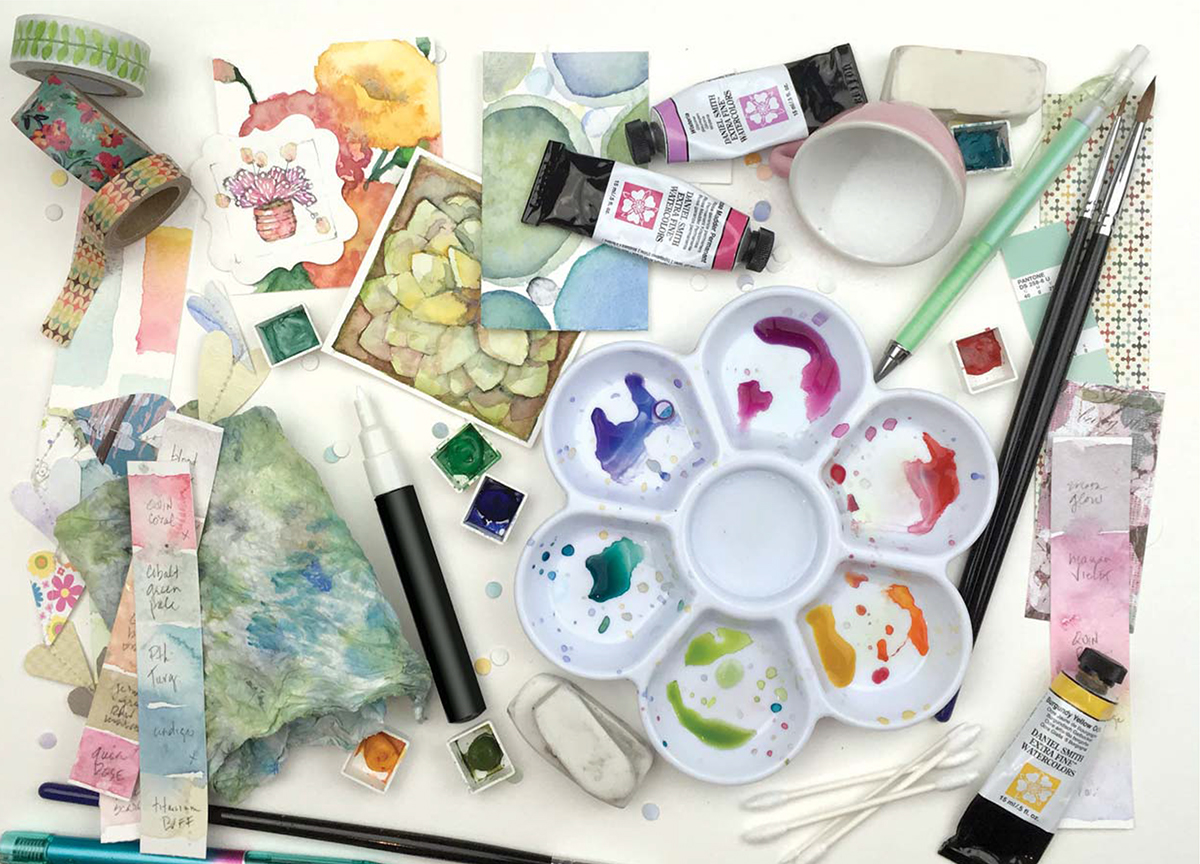Danielle Donaldson - The Art of Creative Watercolor: Inspiration and Techniques for Imaginative Drawing and Painting
Here you can read online Danielle Donaldson - The Art of Creative Watercolor: Inspiration and Techniques for Imaginative Drawing and Painting full text of the book (entire story) in english for free. Download pdf and epub, get meaning, cover and reviews about this ebook. year: 2018, publisher: North Light Books, genre: Art / Computer. Description of the work, (preface) as well as reviews are available. Best literature library LitArk.com created for fans of good reading and offers a wide selection of genres:
Romance novel
Science fiction
Adventure
Detective
Science
History
Home and family
Prose
Art
Politics
Computer
Non-fiction
Religion
Business
Children
Humor
Choose a favorite category and find really read worthwhile books. Enjoy immersion in the world of imagination, feel the emotions of the characters or learn something new for yourself, make an fascinating discovery.
- Book:The Art of Creative Watercolor: Inspiration and Techniques for Imaginative Drawing and Painting
- Author:
- Publisher:North Light Books
- Genre:
- Year:2018
- Rating:3 / 5
- Favourites:Add to favourites
- Your mark:
The Art of Creative Watercolor: Inspiration and Techniques for Imaginative Drawing and Painting: summary, description and annotation
We offer to read an annotation, description, summary or preface (depends on what the author of the book "The Art of Creative Watercolor: Inspiration and Techniques for Imaginative Drawing and Painting" wrote himself). If you haven't found the necessary information about the book — write in the comments, we will try to find it.
Welcome to your watercolor happy place!
The world of Danielle Donaldson is as wondrous as a jar full of fireflies. Her whimsical illustrations are known for their offbeat color combinations, artful arrangements and endearing quirkiness. In this book, youll learn how to partner with the wonderfully spontaneous medium of watercolor to create your own brand of magic.
Start by creating a handmade journal, then follow exercises and start-to-finish projects to fill it with illustrations that are small in size but big on color. Along the way, Danielle shares her fresh takes on color theory, perspective, composition and more.
Designed to get your brush moving, this book makes practice feel like play. Its a one-of-a-kind journey for any artist wishing to tap into the utter joy of watercolor painting and make it a cherished part of your daily life.
Inside youll find:
- Imaginative techniques that help you override perfectionist tendencies while making the most of watercolors unpredictable nature
- An inventive approach (using scraps of paper, ribbon and other ephemera) for more creative color choices
- A simple strategy that makes drawing new subjects less intimidating and more fun
- Sweet ways to add hand lettering to your artwork
- Inspirational exercises that make finding subjects to paint as easy as A-B-C
Dont underestimate the giddiness you feel when you mindlessly grab a color and mix it with another and create the most beautiful wash ever! --p43
Danielle Donaldson: author's other books
Who wrote The Art of Creative Watercolor: Inspiration and Techniques for Imaginative Drawing and Painting? Find out the surname, the name of the author of the book and a list of all author's works by series.

